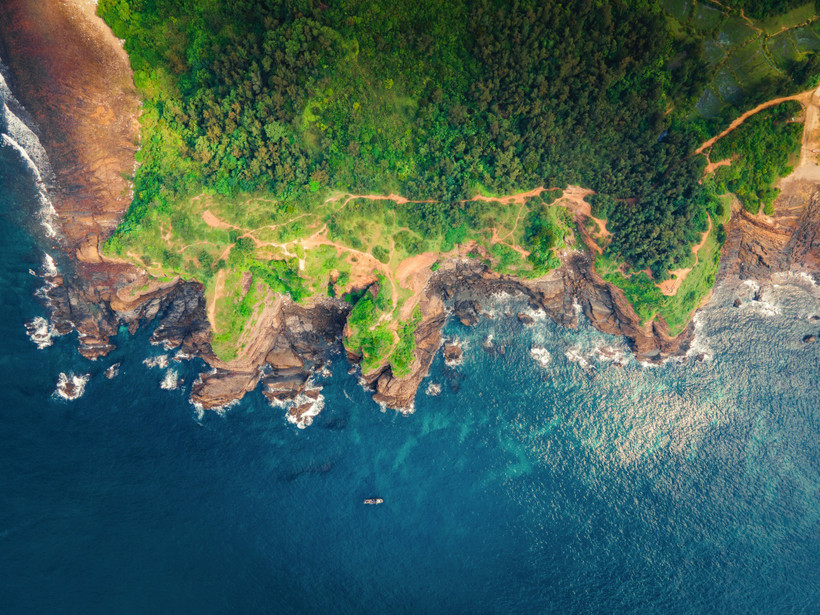
The sea, sky and mountains of Co To, Quang Ninh . (Photo: Vuong Cong Nam/Vietnam+)
Although tourism was assessed as a bright spot in the economic picture of the first 6 months of this year in the Government's report at the meeting in early July, what still makes the Prime Minister and industry leaders concerned is the operation of the two-level government, especially when the Department level no longer has a specialized Department of Tourism (only some special provinces and cities still retain it), is the direction of activities broken?
More importantly, what should be done to "redraw" the tourism map of Vietnam to maximize the advantages from new connections and new development opportunities of the open space after the merger?
"Redrawing" the Vietnamese tourism map
Each international tourist to Vietnam currently spends about 1,500 USD, and the industry leaders want this figure to increase to 2,000 USD/person. Tourism is a special comprehensive economic sector, because it affects 18 other economic sectors.
In the face of complex and unpredictable changes in the world and the region, disruptions in the supply chain are inevitable. Especially in the context of administrative boundary mergers, Minister of Culture, Sports and Tourism Nguyen Van Hung said: "The tourism industry needs to adapt to the new situation and new apparatus so that tourism is not only a key economic sector, but also an 'inspirational' economic sector."
Therefore, the focus now is on how to adapt tourism well and contribute to compensating for the limitations caused by the above fluctuations. And it is necessary to "redraw" the tourism map of Vietnam after the administrative boundary merger on the basis of not denying what already exists, but creating connectivity, promoting advantages, new development opportunities and open space while still imbued with diverse and unique cultural identities, suitable for different markets and audiences.
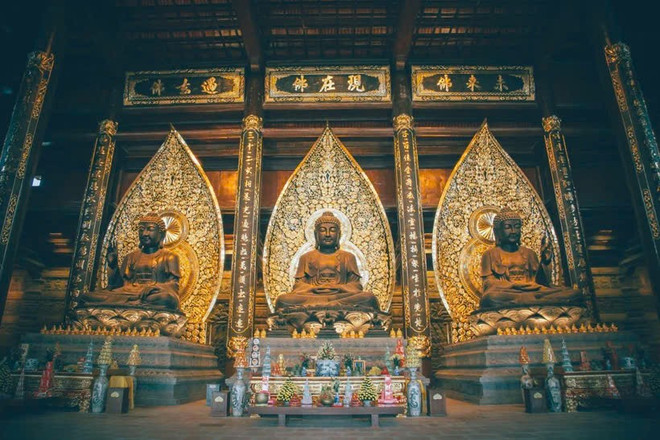
Tam Chuc Pagoda can become a point of spiritual tourism connecting Tam Chuc (old Ha Nam), Phu Day (old Nam Dinh) to Bai Dinh (old Ninh Binh). (Photo: PV/Vietnam+)
Industry leaders pointed out that if Ninh Binh, Nam Dinh, and Ha Nam were merged, Ninh Binh province could become a center of spiritual tourism, connecting Tam Chuc (old Ha Nam), Phu Day (old Nam Dinh) to Bai Dinh (old Ninh Binh). If Gia Lai were to merge with Binh Dinh, the new Gia Lai province would have both the red soil of the Central Highlands and the windy Bien Ho Lake, and beautiful beaches, including the salty taste of Ghenh Rang…
Or like Quang Binh and Quang Tri after the merger will have a new Quang Tri province with strong resources and space stretching across the Central strip of land, from the cave system, rich nature of Phong Nha-Ke Bang, historical revolutionary relics, to the fierce memories imprinted on countless war relics of this land...
“We must do business with passion, with sustainable cultural elements, to inspire, touch the hearts and emotions of tourists. Because today’s tourists do not just come to see, but they must experience, must have emotions, then we hope they will come back a second time and the times after,” the Minister emphasized.
Post-merger tourism development strategy…
The completion of the rearrangement of administrative boundaries and the implementation of a two-level local government has contributed to opening up many opportunities for tourism development when provinces and cities have more room for resources. In that context, Minister Nguyen Van Hung set out specific tasks and directions for the entire industry with the requirement to reposition local tourism resources and replan the Vietnamese tourism system. This must be completed by the end of the third quarter at the latest.
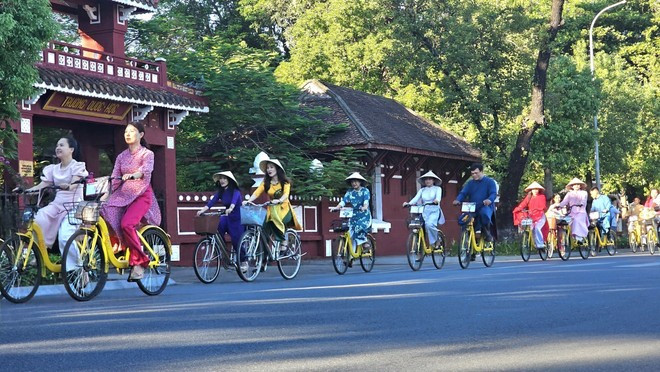
Restructuring tourism products after administrative boundary mergers needs to be based on the unique identity of the locality. (Illustration photo: Mai Trang/VNA)
Notably, the top priority is to restructure tourism products after the merger, focusing on economic development so that tourism can welcome 22-23 million international visitors in 2025, contributing to the country's economic growth target of 8%. "The tourism industry needs to join forces to accelerate together, making Vietnam tourism a leading destination in Asia," Mr. Nguyen Van Hung emphasized.
To achieve this goal, the Minister requested that localities quickly review and re-evaluate resources, thereby having a strategy for zoning and positioning tourist destinations not only based on the announced Vietnam Tourism Planning, but also need to update and supplement the planning according to reality. "Bottlenecks" in management also need to be adjusted and policy mechanisms supplemented to create conditions for tourism businesses to invest and develop.
Domestic and international tourism develop simultaneously. In market restructuring, especially the international market, it is necessary to implement immediately, focusing on 10 key markets: Korea, China, Japan, the US, Australia, Europe, Southeast Asia, India, the Middle East, Russia.
The Minister emphasized: "The tourism industry needs to thoroughly grasp the spirit of taking the market as the center and the brand as the foundation, from which to have effective tourism development policies."
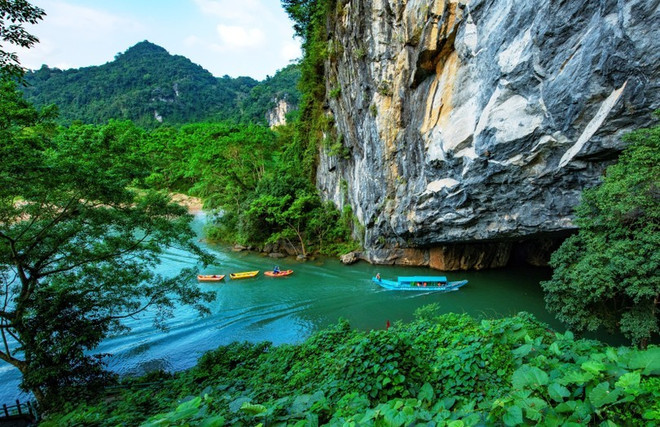
Phong Nha, home to one of the largest cave systems in the world. (Illustration photo: CTV/Vietnam+)
Focusing on building unique, specialized and effective tourism products is identified as one of the key tasks. Accordingly, localities need to clearly identify product strengths, have cooperation strategies, regional linkages and clear "role assignment" to create products with unique identities, avoiding the situation of similar products.
The Minister suggested that regional linkage activities must be substantial and sustainable. In particular, large cities such as Hanoi, Ho Chi Minh City, Da Nang, Hai Phong, etc. need to take on the role of passenger transit centers for the whole country.
In addition, the Minister also requested localities to step up promotion and advertising activities in line with the theme "Vietnam - Travel to love"; form a smart tourism ecosystem; strengthen digital transformation. Tourism services require professionalism and civilized behavior; strengthen destination management, ensure security and safety; handle and thoroughly prevent the situation of "ripping off" tourists...
Industry leaders affirmed: “Tourism development must have the consensus and joint efforts of ministries, branches, localities, businesses and the entire population, especially based on the strength of the people. The tourism industry cannot develop alone.”./.

Waiting for a new look for Vietnam's tourism industry. (Photo: Contributor/Vietnam+)
(Vietnam+)
Source: https://www.vietnamplus.vn/hau-sap-nhap-dia-gioi-hanh-chinh-dinh-vi-diem-den-du-lich-moi-the-nao-post1048909.vnp


![[Photo] Hanoi morning of October 1: Prolonged flooding, people wade to work](https://vphoto.vietnam.vn/thumb/1200x675/vietnam/resource/IMAGE/2025/10/1/189be28938e3493fa26b2938efa2059e)

![[Photo] President of the Cuban National Assembly visits President Ho Chi Minh's Mausoleum](https://vphoto.vietnam.vn/thumb/1200x675/vietnam/resource/IMAGE/2025/10/1/39f1142310fc4dae9e3de4fcc9ac2ed0)


![[Photo] Keep your warehouse safe in all situations](https://vphoto.vietnam.vn/thumb/1200x675/vietnam/resource/IMAGE/2025/10/1/3eb4eceafe68497989865e7faa4e4d0e)
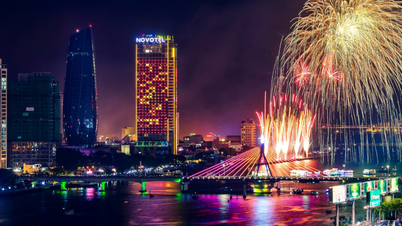

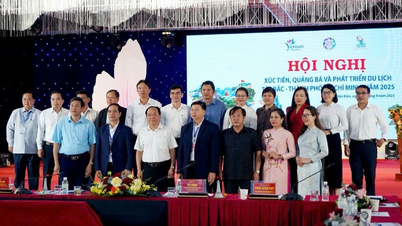

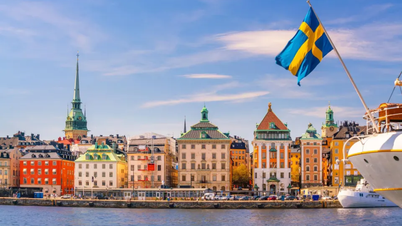

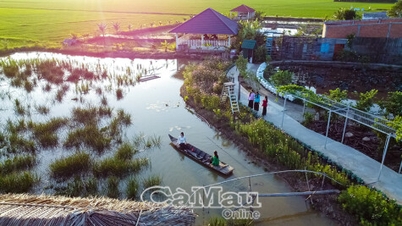

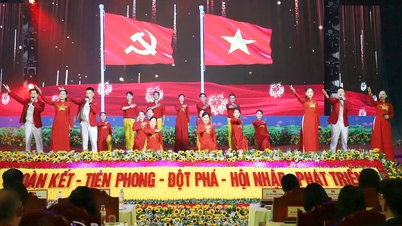

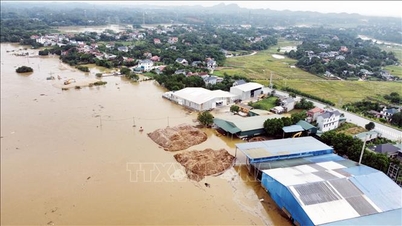

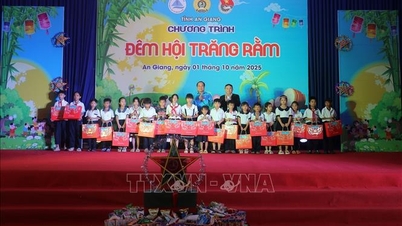
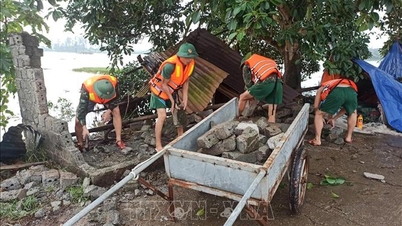
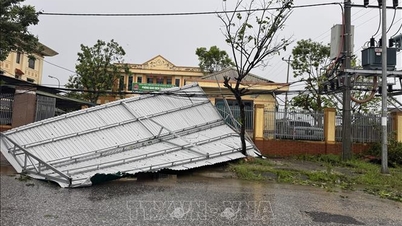
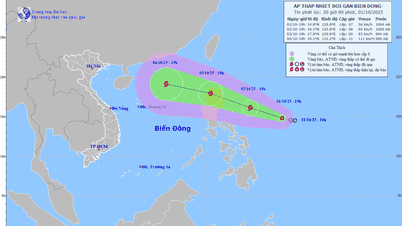
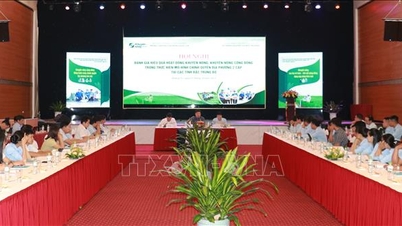




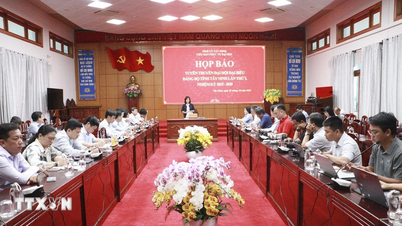
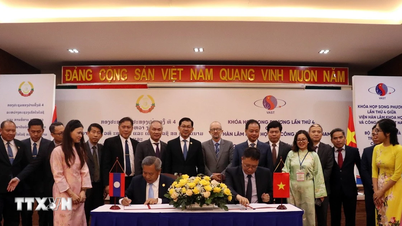
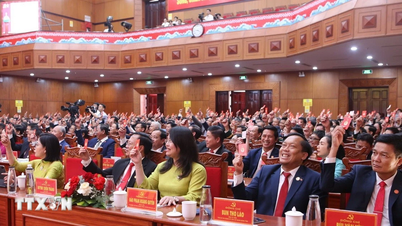
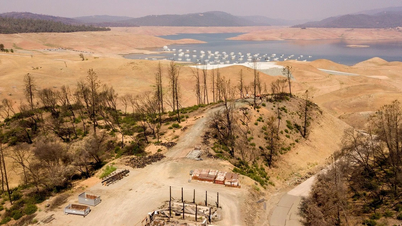

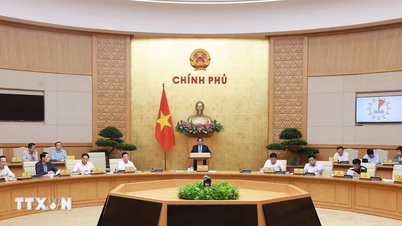















































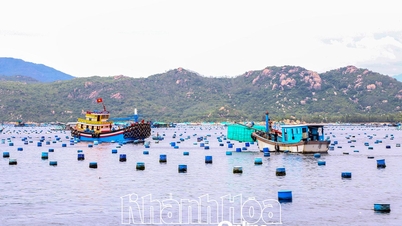














Comment (0)